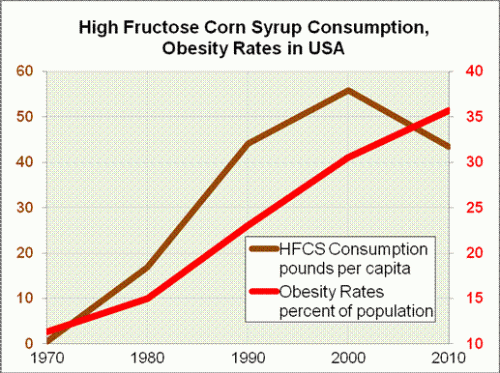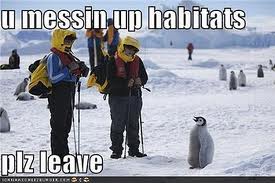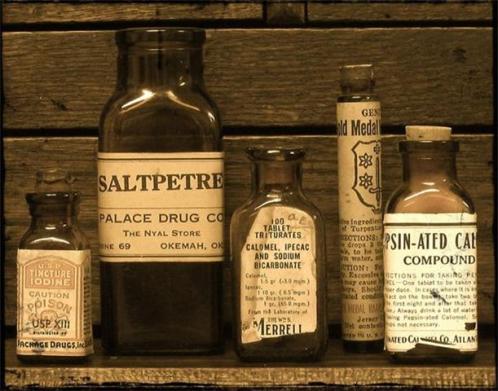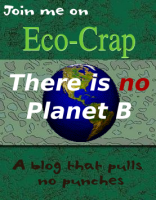 The first CTWW of 2015.
The first CTWW of 2015.
Small will be back in a couple of weeks.
Most of the people who read this blog are already ‘green’. As I said in a comment last week, I sometimes feel as though I am preaching to the converted, but I look at it positively, if I can reach just one more person…
This week’s challenge is something small.
Look at everything you have changed, or aspects of life that are now different; how can you can waste less of just one thing.
or
If you have already made a small change this year, tell us about it.
Over the past year, I have changed my life, in particular, my diet. I am not dieting, heaven forbid, dieting is a myth, counting calories is counterproductive; and I have read this week that ‘flushing toxins’ out of your body is a fallacy.
So what did I do?
I have changed some of the liquids that I used to drink. Previously, I wasn’t beyond drinking Coca Cola and boxed fruit juice and my milk intake was a lot, often more than a litre per day.
 For the past year, I have all but stopped drinking all soda; I still have a little coke if I make a Cuba Libre, but I have had only one since I gave up soda.
For the past year, I have all but stopped drinking all soda; I still have a little coke if I make a Cuba Libre, but I have had only one since I gave up soda.
Fruit juice in a box, don’t even think about it. I buy or grow fresh fruit and make my own juice without sugar,
I still drink beer. In fact my beer consumption has risen since the silly season; mainly because I have had less students and more free time. After carnival the students will return and I will have less free time.
My milk consumption is down drastically. So much that the last two litre boxes of milk went sour in the fridge before I could use them all; because I now only have milk in my coffee, and maybe one cold chocolate drink a week in the evening, whereas before it was a nightly ritual.
So, what did I do with the last box? Because I was sure that it would be sour in the morning and end up going down the kitchen sink too.
Before the milk went sour, I filled an ice cube tray with the last and put it in the freezer.
This morning I made my coffee as normal and put two milk cubes in it.
Okay, that’s a small change, but it reduces waste and saves about half a litre of milk. I have enough frozen milk for coffee for the next three days.
So, what do I drink instead of Coca Cola? Sparkling mineral water! It’s also cheaper than Coke. So the saving is twofold, health and finnancial.
The end result was a weight loss without dieting and I counted not a single calorie. I just made changes.
How much weight have I lost… about 20kgs (44lbs).
I can walk easier, I have less reliance on my walking stick, I can’t yet run up the stairs at work, but I can walk up in a semi-normal fashion instead of taking them one at a time which was laborious.
So small changes can make a big difference.
What have you done, or what can you do this year?





 Here we go again!
Here we go again!












 Yes, Christmas is over for another year.
Yes, Christmas is over for another year.























Recent Comments